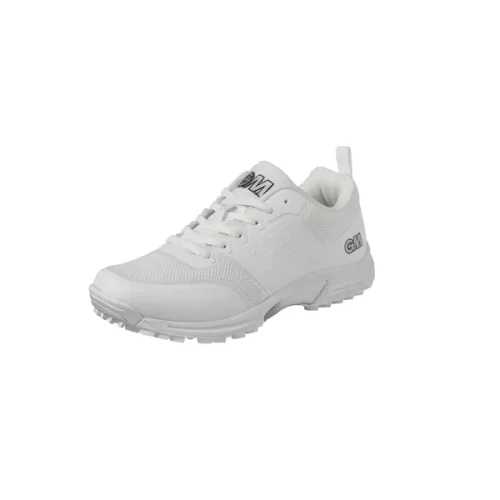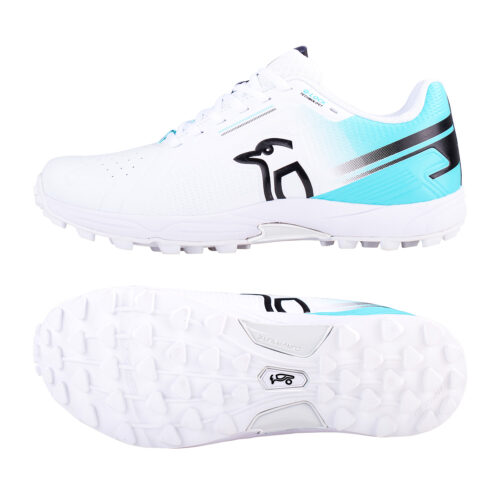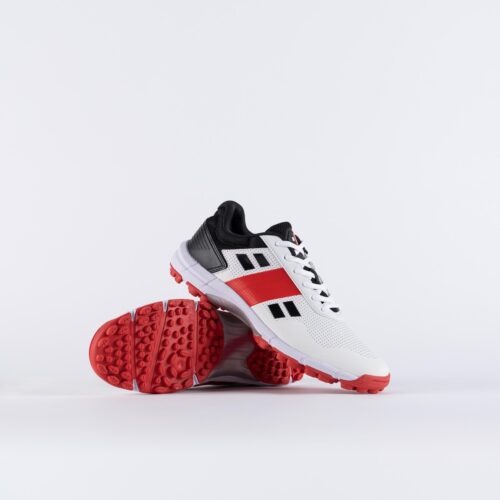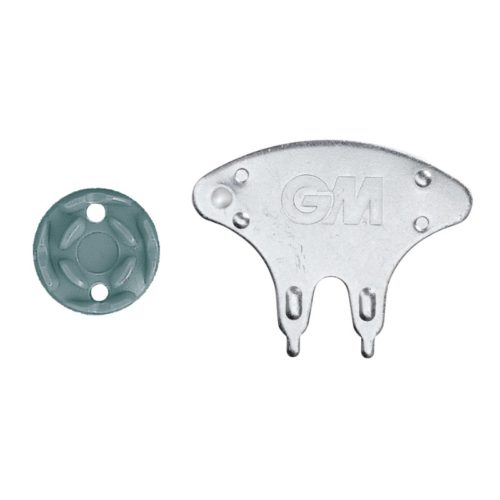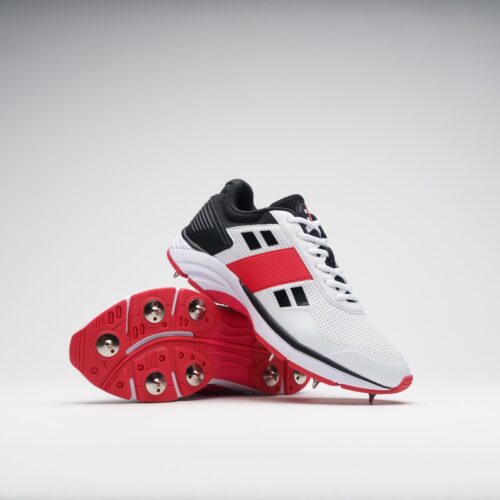In the case of most cricket shoes, the outsole will be made from a highly durable material such as Polyurethane. The majority of cricket shoes will incorporate a spike plate to allow the attachment of spikes, but some cricket shoes designed for use indoors or on synthetic surfaces will often feature a rubber dimple or cleat design, to offer maximum grip without damaging the playing surface(rubber soled cricket shoes). Cricket shoes designed for all round players may also incorporate dimple or cleat features in addition to the spike option in order to ensure grip in all conditions (Dual option cricket shoes. Bowling Boots tend to have very flat outsoles to enable impact to be spread over a greater surface area and more support to be offered to the foot.
Spikes – Cricket Shoes designed for use outdoors offer the option of adding spikes, Bowling boots almost always offer 4 spikes on the heel to ensure maximum grip at the point the leading foot plants at delivery, but the number of spikes on the forefoot varies between 6 and 8. Cricket Shoes designed for all rounders offer between 2 and 4 heel spikes and between 5 and 7 forefoot spikes. Many all-round cricket shoes are marketed as “multi-function”, which allows the replacement of the traditional steel spikes, which offer greatest grip, with plastic stud-like replacements for use in drier conditions. Some cricket shoes aimed more directly at batsmen do away entirely with the heel spikes to reduce weight and improve comfort.
Sizing – Please bear in mind that many players choose to either wear two pairs of socks or one particularly thick pair socks while playing cricket for added comfort whilst playing cricket. In some cases this will require a cricket shoes a half size larger than your regular shoes.
If you are a bowler with a particularly high-impact action we would strongly recommend a pair of dedicated bowling boots as they are likely to offer additional support and shock absorption that will prevent injury and most likely prolong your cricking career. As you go up through the ranges of dedicated bowling boots you will see the introduction of materials that offer better shock absorption, or better support, are lighter in weight, or combine better shock absorption or better support with reduced weight.
Cricket shoes designed for the batsman or “all-rounder” will also follow a similar path. As you go up through the ranges you will see the introduction of materials that offer improved support, weight reduction, or combine increased support with reduced weight. You will then need to decide which tread style you prefer from full spike, half spike or multi-function. If you don’t have a preference, we would recommend the multi-function option. As all brands tend to vary in width and sizing please drop into our specialist Cricket shop so that our expert staff can advise you on the best option for you.
Maintenance – To ensure you get the best out of your cricket shoes both in terms of performance and longevity, we recommend adhering to following maintenance checklist:

